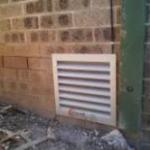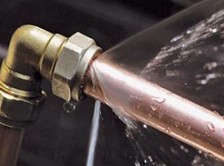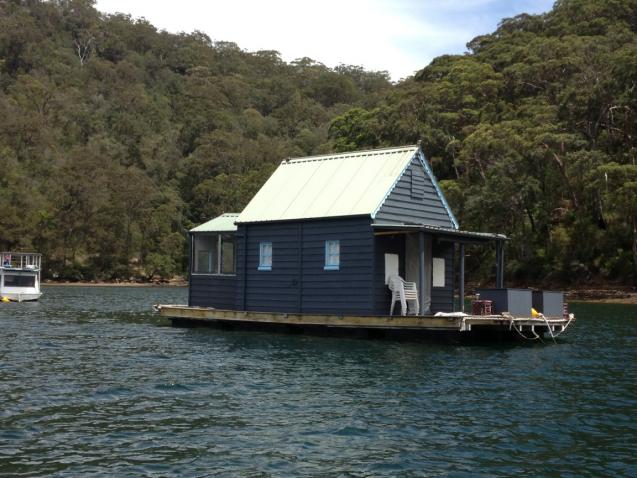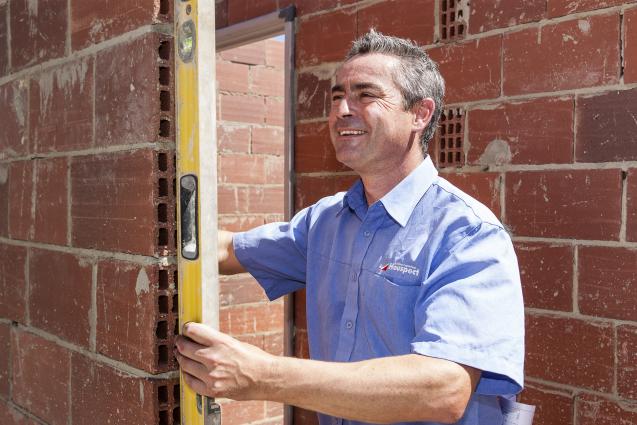
Subfloor Ventilation – Why it is Important
By HOUSPECT Building and Pest Inspections|June 07, 2017
What many homeowners do not realise how much poor subfloor ventilation can affect both property and human health. When you are in a confined space, pollutants become denser. If your home is not sufficiently ventilated, property damage may become the least of your problems.
Subfloor ventilation is especially important in climates such as those experienced in New South Wales. With a subfloor ventilation system you can significantly reduce the risk of damage to your property and the health of your family.
Benefits of Subfloor Ventilation
Condensation is a major problem for New South Wales homeowners. If condensation builds up in your home, it will cause cosmetic and structural damage. If ventilation is sufficiently poor, condensation can actually damage the integrity of wooden supporting structures. The cost of repairing such damage can be astronomical. Subfloor ventilation provides and additional outlet for humid air, preventing it from getting the chance to cool too rapidly and create condensation.
A high concentration of radon gas is extremely detrimental to human health. You cannot see or smell it, but with poor ventilation radon gas may be present in your home at dangerous levels. Subfloor ventilation will help prevent a build up of radon gas, keeping you and your family safe from this invisible killer. Homes that are near caves or natural rock beds are more at risk from radon gas, so consult with a building inspector if you are thinking about installing subfloor ventilation.
Volatile organic compounds (VOC) are found in every home. If concentrations of VOC are sufficiently high, the emissions present a serious risk to health. VOC emissions come from household chemicals and certain furniture items. While you can purchase furniture with a lower VOC rating, it is important to ensure that your home is also well ventilated. It is also important to read the storage instructions on any product which contains chemicals.
Allergens build up over time and can remain in your ventilation if the system is ill equipped to deal with the allergen levels. Most allergens are light and will eventually settle at the lower levels of a room. Subfloor ventilation will help combat this problem and reduce the stress on your main ventilation system.
In the case of fire, insufficiently ventilated homes run a higher risk of back drafting, where air is pulled into the property and adds further fuel to the fire. Subfloor ventilation helps maintain better pressure within the property, reducing the risk of back drafting should a fire break out.
Subfloor ventilation reduces the amount of moisture that is able to build up under your floors. Moisture creates a breeding ground for moulds, and presents the ideal home for termites and other pests that love warm damp environments. When air is being distributed through your subfloor ventilation system, the environment remains cool and dry.
Cost Implications
When considering subfloor ventilation, it is important to think about the cost of installation. However, in most cases subfloor heating is a worthwhile investment. The damage that damp, mould, and condensation can cause will cost you more in the long run. Installing subfloor ventilation is much cheaper during a new build, as you do not have associated renovation costs.
Additionally, the level of subfloor ventilation you will need will depend on your property and current ventilation system. A registered builder or building inspector can assess your needs and recommend a system that is right for your home.
Some homes may have adequate subflooring, which will readily accommodate the addition of floor vents, whereas others will require more extensive renovations to make subfloor ventilation possible. If your home is damp or condensation builds up easily, contact Houspect for a consultation. We can carry out an inspection and assess how well your home is ventilated.
Subfloor ventilation is especially important in climates such as those experienced in New South Wales. With a subfloor ventilation system you can significantly reduce the risk of damage to your property and the health of your family.
Benefits of Subfloor Ventilation
Condensation is a major problem for New South Wales homeowners. If condensation builds up in your home, it will cause cosmetic and structural damage. If ventilation is sufficiently poor, condensation can actually damage the integrity of wooden supporting structures. The cost of repairing such damage can be astronomical. Subfloor ventilation provides and additional outlet for humid air, preventing it from getting the chance to cool too rapidly and create condensation.
A high concentration of radon gas is extremely detrimental to human health. You cannot see or smell it, but with poor ventilation radon gas may be present in your home at dangerous levels. Subfloor ventilation will help prevent a build up of radon gas, keeping you and your family safe from this invisible killer. Homes that are near caves or natural rock beds are more at risk from radon gas, so consult with a building inspector if you are thinking about installing subfloor ventilation.
Volatile organic compounds (VOC) are found in every home. If concentrations of VOC are sufficiently high, the emissions present a serious risk to health. VOC emissions come from household chemicals and certain furniture items. While you can purchase furniture with a lower VOC rating, it is important to ensure that your home is also well ventilated. It is also important to read the storage instructions on any product which contains chemicals.
Allergens build up over time and can remain in your ventilation if the system is ill equipped to deal with the allergen levels. Most allergens are light and will eventually settle at the lower levels of a room. Subfloor ventilation will help combat this problem and reduce the stress on your main ventilation system.
In the case of fire, insufficiently ventilated homes run a higher risk of back drafting, where air is pulled into the property and adds further fuel to the fire. Subfloor ventilation helps maintain better pressure within the property, reducing the risk of back drafting should a fire break out.
Subfloor ventilation reduces the amount of moisture that is able to build up under your floors. Moisture creates a breeding ground for moulds, and presents the ideal home for termites and other pests that love warm damp environments. When air is being distributed through your subfloor ventilation system, the environment remains cool and dry.
Cost Implications
When considering subfloor ventilation, it is important to think about the cost of installation. However, in most cases subfloor heating is a worthwhile investment. The damage that damp, mould, and condensation can cause will cost you more in the long run. Installing subfloor ventilation is much cheaper during a new build, as you do not have associated renovation costs.
Additionally, the level of subfloor ventilation you will need will depend on your property and current ventilation system. A registered builder or building inspector can assess your needs and recommend a system that is right for your home.
Some homes may have adequate subflooring, which will readily accommodate the addition of floor vents, whereas others will require more extensive renovations to make subfloor ventilation possible. If your home is damp or condensation builds up easily, contact Houspect for a consultation. We can carry out an inspection and assess how well your home is ventilated.



